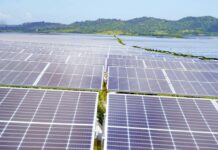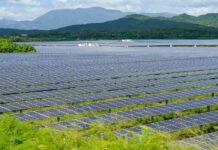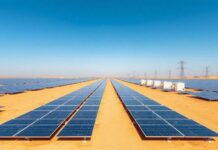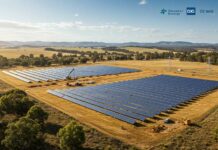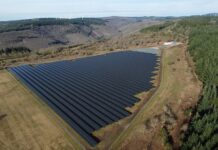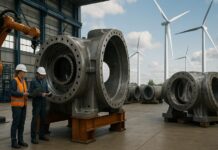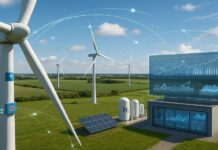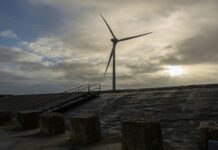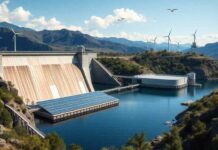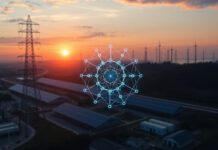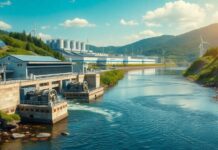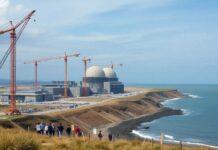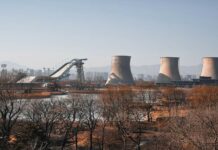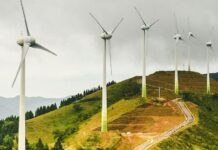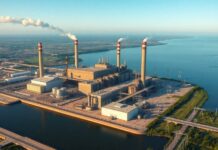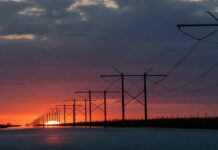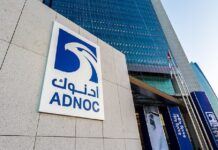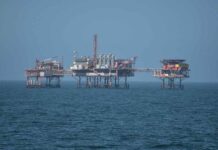Europe’s electricity and gas transmission operator organizations, ENTSO-E and ENTSOG, have put forth proposed narratives to guide the development of the next ten-year network development plan. These narratives are meant to deviate from the “national trends” scenarios, aligning with national energy and climate policies.
The aim is to incorporate the latest advancements in national policies that align with European greenhouse gas reduction goals. Additionally, the need for ambitious targets in terms of energy efficiency and renewable energy deployment is recognized, while exploring various levels of energy and other independences for the European Union. The scenarios encompass a wide range of possible future evolutions of the energy infrastructure.
The two proposed scenarios are titled “Distributed Energy” and “Global Ambition,” representing European and global approaches respectively. Europe’s electricity and gas transmission operators, ENTSO-E and ENTSOG, have proposed narratives to guide the next ten-year network development plan. These narratives deviate from “national trends” scenarios and align with national energy and climate policies. The aim is to incorporate advancements in these policies, including European greenhouse gas reduction goals, and explore different levels of energy and other independences for the EU. The scenarios cover a wide range of possible future energy infrastructure evolutions and are named “Distributed Energy” and “Global Ambition,” representing European and global approaches respectively.
The features of these two scenarios are as follows:
Distributed energy scenario:
- The transition begins at local and national levels, aiming for EU energy independence and strategic autonomy through the maximization of renewable energies and smart sector integration.
- Energy demand is reduced through circularity, improved energy consumption behavior, and digitalization, driven by prosumers and variable renewable energy management.
- Decentralized technologies such as photovoltaic systems, batteries, etc., along with smart charging, electric heat pumps, and district heating, are emphasized. Electric vehicles have a higher share, while e-liquids and biofuels supplement heavy transport. However, carbon capture and storage and nuclear power have minimal roles in this scenario.
Global ambition scenario:
- The transition begins at the European and international levels, focusing on extensive EU renewable energy development, supplemented by low-carbon energy sources and diversified imports.
- Energy demand reduction prioritizes decarbonization and diversification of energy supply, while digitalization and automation enhance the competitiveness of EU businesses.
- Large-scale technologies such as offshore wind, utility storage, etc., are emphasized, along with a wide range of heating technologies like hybrid heating. Mobility sectors incorporate a variety of technologies and energy carriers, including electricity, hydrogen, e-liquids, biofuels, and the integration of nuclear power and carbon capture and storage.


